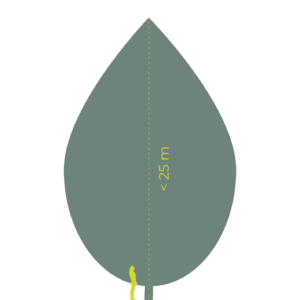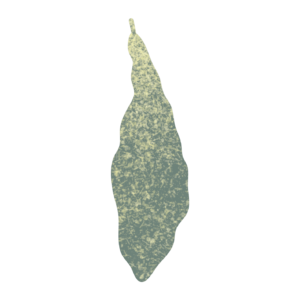Teix (Catalan) | Teixo (Galician) | Teixo (Portuguese) | Tejo (Spanish) | If commun (French)
Common yew or Black yew is a species from the genus taxus native to western, central and southern Europe. It is a gymnosperm of the Taxaceae family, a primitive group that has been widespread since the Jurassic period and of which, currently, is the only European representative.
A coniferous tree with persistent leaves and reaching 20 m in height, although normally not exceed the height of a small tree or a heavily branched shrub. Its growth is slow, with a longevity of up to 500 years.
Its crown is pyramidal, thick and dark, to the point that it projects a dense shade under its canopy. The trunk tends to be thick and short, with a pinkish orange colour.
The leaves are linear, uniform, ending in a point, 10-30 mm in length and 1,5-3 mm wide, dark green on the upper side and yellowish-green on the reverse. They are arranged in a double-combed plane on the branches, facing each other in pairs.
There are male species that form the male pollen- producing cones. The female trees produce fruit(fake fruit), that is fleshy, but in reality is a seed wrapped in a red covering that partially wraps it (known as the aril).
The entire plant is poisonous, except for the fleshy aril of the false fruit which can be eaten. It is sweet with a gelatinous consistency, but care needs to be taken not to ingest the seed. Its toxicity is due to an alkaloid called taxina, the basis of taxol, used in medicine to combat heart disease and cancer.
One of the causes for the decline of the species in the natural environment is due to the excessive logging of its wood. The wood from yew is reddish when cut and of great quality for its density and resistance to rot, the reason why carpenters and cabinetmakers value it highly for carving small pieces and tool handles. Above all it was prized in antiquity for its hardness and flexibility in crafting bows and arrows, to the point that English archers (reputed for being the best in the craft) wiped out the yew population in the British isles.
Deforestation has taken its toll on the species; environmental changes have relegated the species to zones where the environment has remained humid. For this reason, in many parts of Europe, individual ancient yews are considered monuments to nature, the remnants of bygone forests and, therefore protected and conserved throughout the territory.
In the Basque country the yew is associated to the world of the dead and is considered a sacred tree. On the coat of arms from Gipuzkoa, the trees depicted above the water are three yews or in Basque, hagin arruntak. The name hagin often appears as a placename in Basque Country, indicating that the yew used to be a large species.







